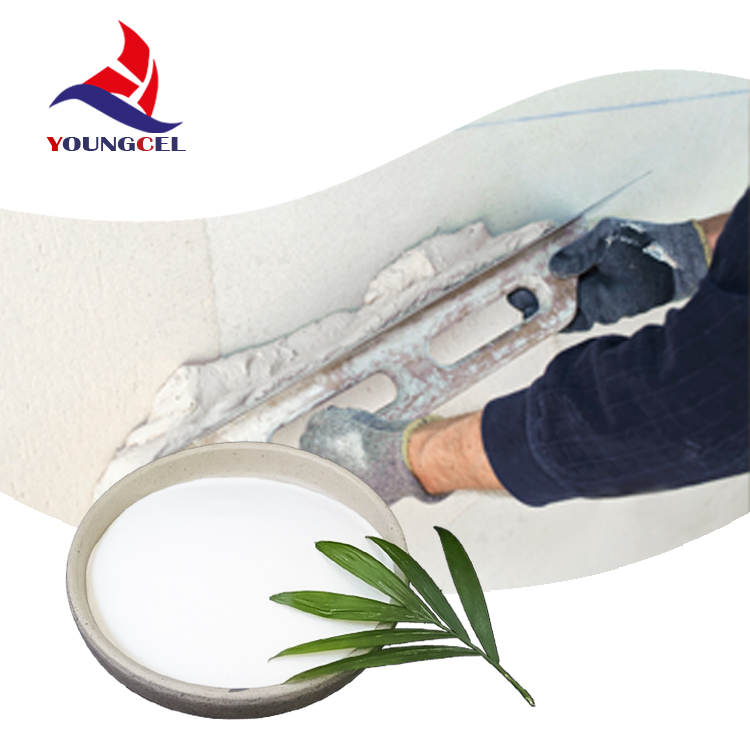The Role of Cellulose Ether in Wall Putty Enhancing Quality and Performance
Wall putty is an essential material in the construction and renovation industries, providing a smooth, even surface for painting and finishing. One of the key components that significantly enhances the functionality of wall putty is cellulose ether. This article explores the importance of cellulose ether in wall putty formulations and its various benefits.
What is Cellulose Ether?
Cellulose ether refers to a group of non-ionic, water-soluble polymers derived from cellulose, a natural polymer obtained from plant cell walls. The most common types of cellulose ether used in construction include Hydroxypropyl Methylcellulose (HPMC) and Methylcellulose (MC). These compounds are produced through a chemical process that alters the cellulose structure, making it suitable for various applications in the building sector.
Benefits of Cellulose Ether in Wall Putty
1. Improved Workability One of the primary advantages of incorporating cellulose ether into wall putty is its ability to enhance workability. Cellulose ether acts as a thickening agent, providing a creamy texture that makes the putty easy to apply. This improves the efficiency of application, allowing contractors to achieve a smooth finish faster and with less effort.
2. Water Retention Cellulose ether has excellent water retention properties, which is crucial for wall putty. This characteristic ensures that the putty remains workable for an extended period before it dries. Moreover, it helps maintain the moisture content within the putty during the curing process, preventing cracking and ensuring a solid bond between the putty and the substrate.
cellulose ether for wall putty

3. Adhesion and Binding Strength The integration of cellulose ether in wall putty formulations significantly enhances the adhesion properties of the material. Strong adhesion ensures that the putty adheres well to a variety of surfaces, including concrete, gypsum, and plaster. This characteristic is essential for preventing peeling or flaking after application.
4. Versatility Cellulose ether is versatile and can be modified to meet the specific needs of various wall putty formulations. By adjusting the degree of substitution and molecular weight, manufacturers can tailor the properties of cellulose ether, such as viscosity and gel strength, to better suit diverse applications.
5. Environmental Safety As a natural polymer derived from renewable resources, cellulose ether is considered environmentally friendly. Its use in wall putty contributes to the development of sustainable construction practices. Moreover, cellulose ether is non-toxic and safe for use in residential areas, making it a popular choice for builders and contractors.
6. Tensile Strength and Durability The inclusion of cellulose ether improves the tensile strength of wall putty. This ensures that the finished product can withstand physical stresses, reducing the chances of damage over time and enhancing the longevity of the wall surface.
Conclusion
Incorporating cellulose ether in wall putty formulations significantly enhances the overall quality and performance of the material. Its benefits, including improved workability, water retention, adhesion strength, and durability, make it an indispensable component in modern construction. As building practices increasingly emphasize sustainability and efficiency, the role of cellulose ether is likely to grow even more critical. By understanding and leveraging the advantages of cellulose ether, manufacturers and contractors can ensure that their wall putty products meet the demands of both the industry and the environment, leading to better construction outcomes and satisfied customers.




